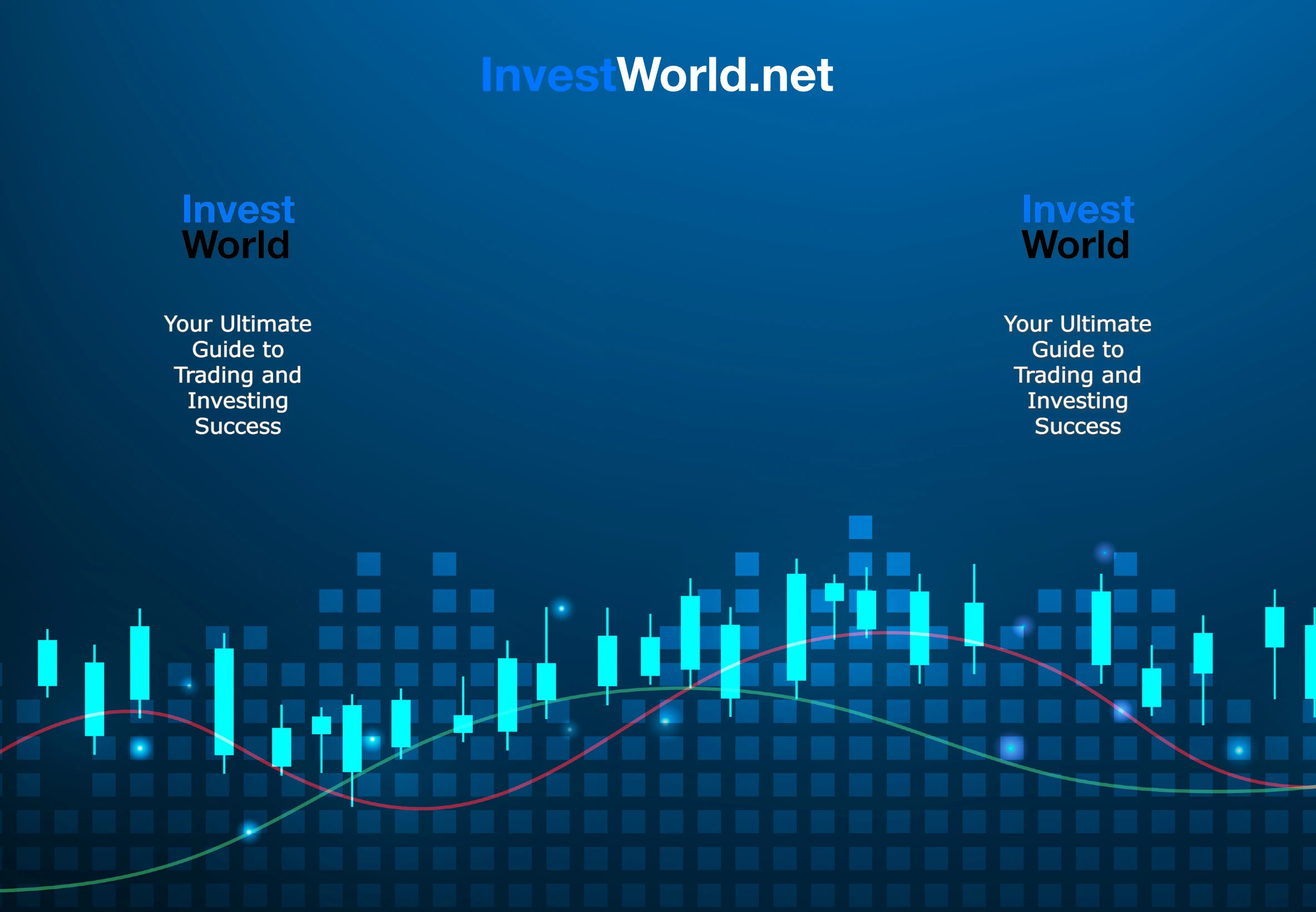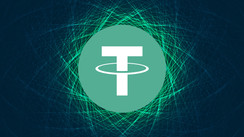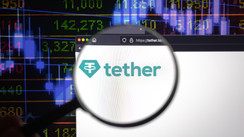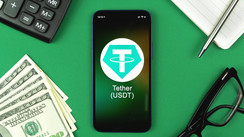Fluctuations in Stablecoin Market Shares
There have been notable shifts in the market influence of US dollar-backed stablecoins over the previous year. Tether has reclaimed its peak position, even as the majority of stablecoins appear to be on a downtrend, according to CoinGecko data.
Circle's USD Coin has witnessed a decrease in its market influence from 34.88% to 23.05% in the last 12 months. The market stake of Binance USD also diminished from 11.68% to 4.18% during the same timeframe. Meanwhile, Dai's market share slipped from 4.05% to 3.66% as of May 2022.
Tether's USDT Gains Momentum
On the other hand, Tether's USDT has been making headway. Its market dominance is currently 65.89%, up from 47.04% a year earlier. Its market capitalization has catapulted to $83.1 billion, while USD Coin's market cap has tumbled from its pinnacle of $55 billion to a meager $29 billion.
Stablecoin Response to Regulatory Pressure
Circle CEO Jeremy Allaire, in a recent conversation with Bloomberg, attributed the dwindling market capitalization of their stablecoin to the intensified scrutiny by US regulators. This climate seems to have worked favorably for Tether.
The banking predicament in the U.S. led to the USD Coin depegging in March when $3.3 billion worth of reserves were frozen in Silicon Valley Bank, one among three crypto-supportive banks closed down by regulators. Despite Circle's reassurances, the market reacted swiftly, resulting in USD Coin depegging from the dollar.
Need for Greater Transparency
Given the deepening integration of cryptocurrencies and traditional finance, the popularity of stablecoins is on the rise. A report by the European Systemic Risk Board recently emphasized the necessity for heightened transparency in the digital assets market, specifically regarding stablecoin reserves.
Tether has faced criticism over the years for its perceived opacity. The Hong Kong-based iFinex, the parent company of Tether, was fined $18.5 million in 2021 by the New York Attorney General's Office for purportedly misrepresenting the fiat backing of its reserves. The settlement also necessitated the stablecoin issuer to enhance financial transparency.
Tether's Mitigation Strategy
Tether has not been silent in response to these negative accusations. The firm is also strategizing to lessen its dependency on the banking system in light of the collapse of Silicon Valley Bank. Its latest audit report reveals Tether withdrawing over $4.5 billion from banks in the first quarter of 2023, resulting in a significant decrease in counterparty risk amidst global economic instability.
Tether has also augmented its U.S. Treasury bills to a record over $53 billion, making up 64% of its reserves. Together with other assets, USDT is now 85% backed by cash, cash equivalents, and short-term deposits, as stated in the report.
In a parallel move, Circle has reportedly adjusted its reserves to lessen risk amid macroeconomic uncertainty and no longer holds Treasuries maturing beyond early June.




